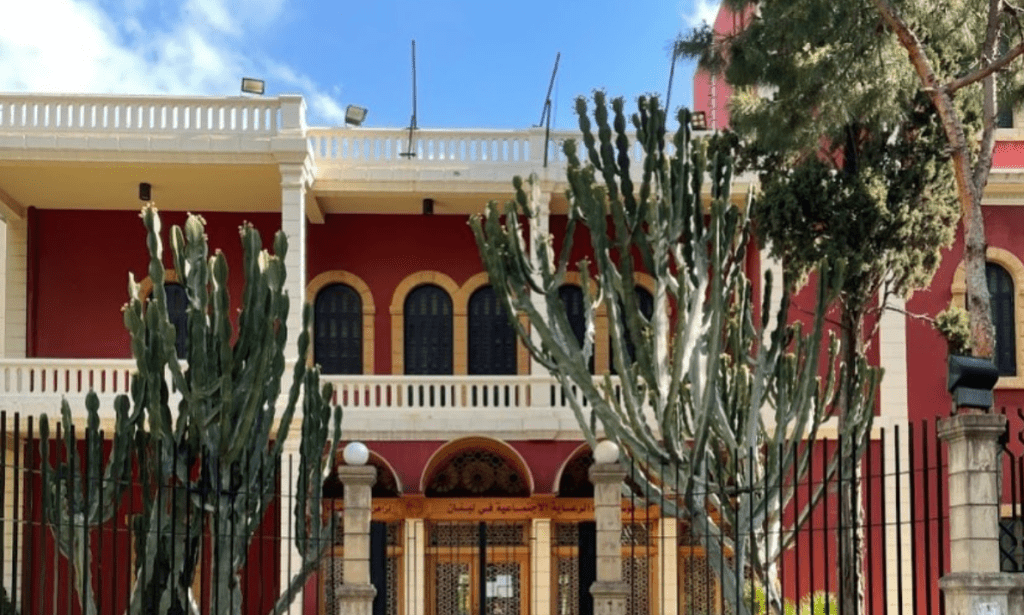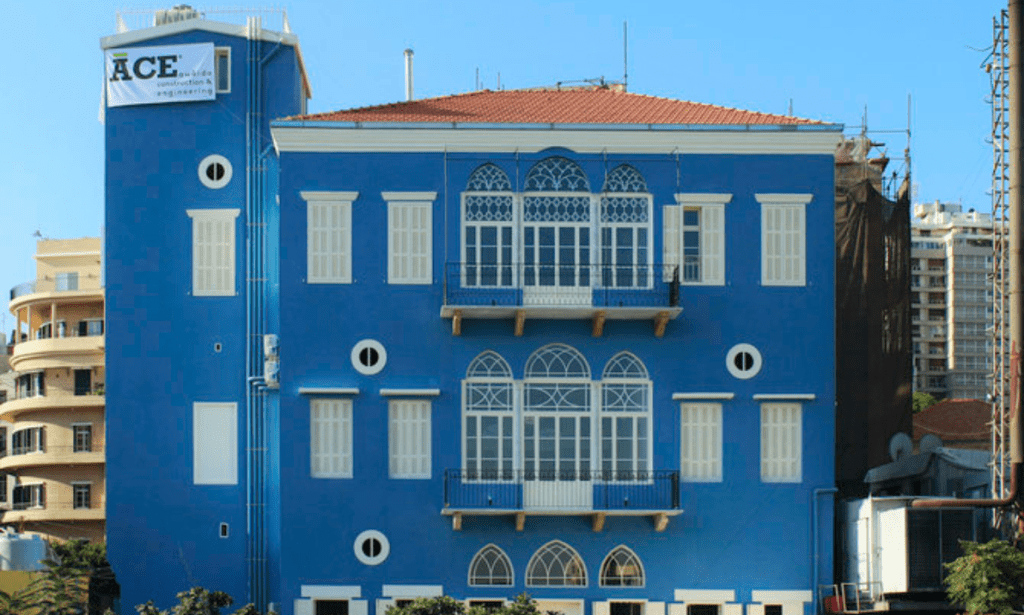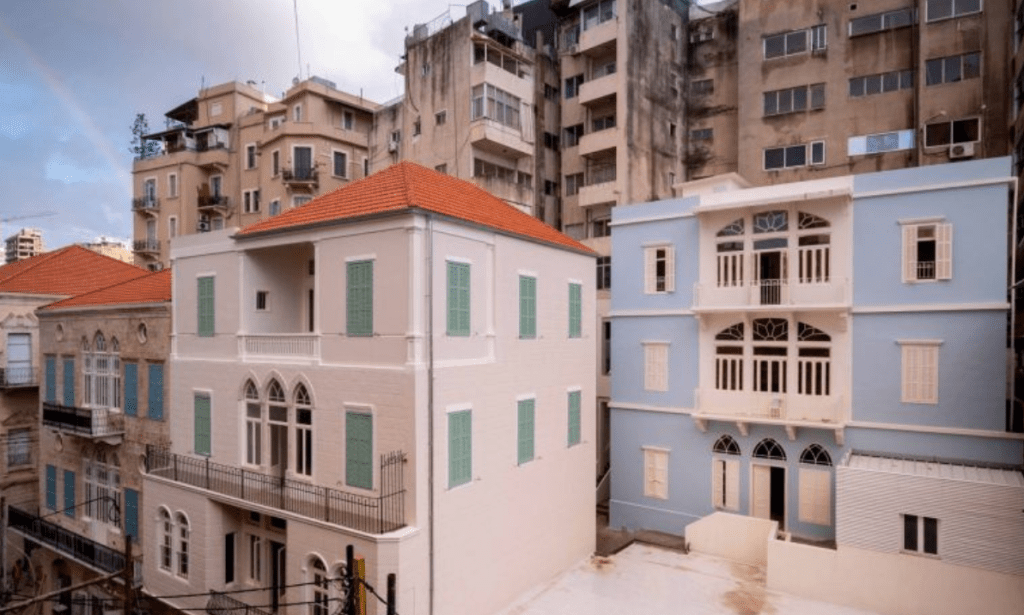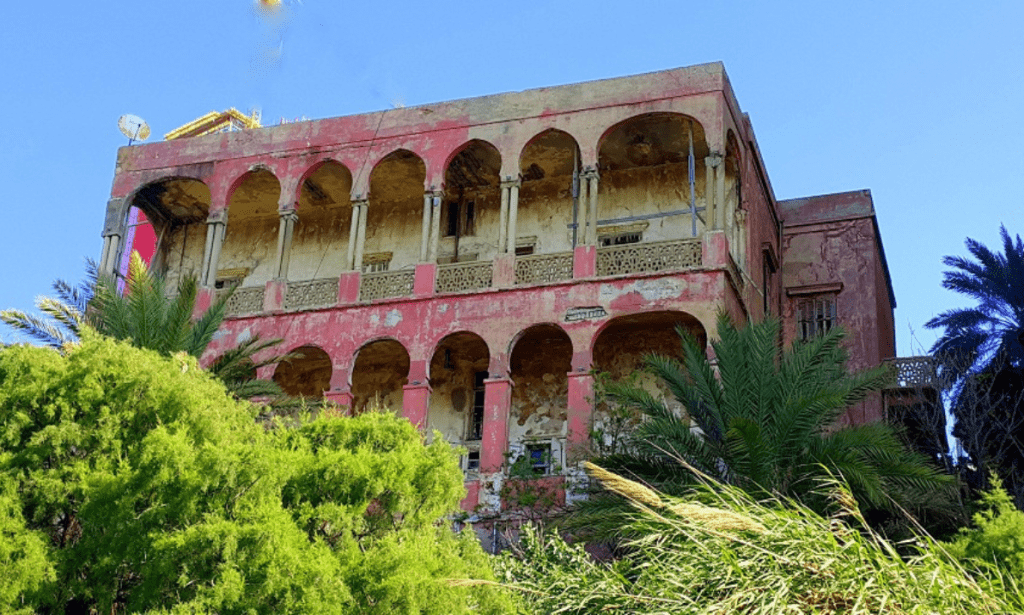Walking along the winding streets of Beirut, many are faced with a feeling of utter enchantment as stately 19th-century charming heritage homes take over their line of sight. Homes that have stood the test of time and symbolize the spirit of a nation that continues to prevail despite the odds.
To truly bask in the beauty of Beirut, we put together a special tour of the must-visit heritage homes scattered across the city that deserve to be witnessed and revered:
The Pink House
Dating all the way back to 1882, this flamingo-hued home basks in its own glory along the coastal neighborhood of Manara. From its multi-arched balcony that overlooks the lighthouse, you can see the Mediterranean Sea.
This gorgeous Ottoman villa was built by Mohammad Ardati, who comes from a prominent Lebanese family and, over the years, hosted a collection of guests, including French President Charles de Gaulle.
Beit El Zaher
Historic and picturesque is Beit El Zaher, the stately mansion that sits at Zarif. The home, adorned with colorful stained glass windows, used to be the house of the former British Ambassador General Spears from 1941 to 1985. Today, it’s an administration center for Dar Al Aytam Al Islamiyah.


Beit Beirut Museum
Coming to life back in the early 1920s, what was known as the “Barakat House” or the “Yellow House”, was a lavishly built piece of architecture that was constructed by a famous French architect known as Yousef Bay Aftinos.
It’s truly exquisite, as even inside the building, there are art deco marble tiles and hand-painted ceilings. This wasn’t just any building but one that faced the Lebanese Civil War and has the bullet marks to prove it. It exemplifies the resistance of the Lebanese people.
The Blue House
Located between Pasteur Street and Charles Helou Avenue, the Medawar 479, also known as The Blue House, was built back in 1890. Sitting at Beirut’s waterfront, this very building was hit hard by the tragic Beirut blast.
Knowing how Lebanon pushes to constantly preserve, that exact spirit was injected into the Blue House, as it was recently restored back to its old glory.


The Gholam Cluster
Built by the Gholam family way back in 1874 during the time of the Ottoman Empire was the Gholam cluster, a collection of homes that exemplify Beirut’s early residential architecture. One of the most significant characteristics of these homes is their two-floor double-arched red-tiled roof houses.


Seeing these architectural gems through a simple walk across the city highlights how Beirut is unlike any other place in the region. The city’s buildings tell the story of the city while also showcasing its ability to preserve its heritage. If you want to learn more about these buildings, you can follow the Lebanese Urbex Community‘s Instagram page.





